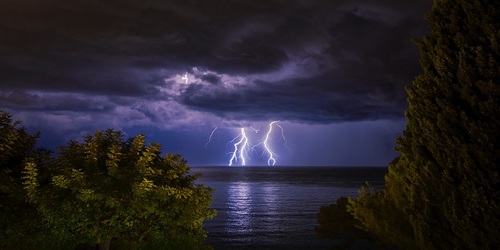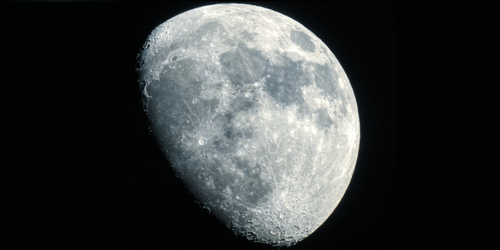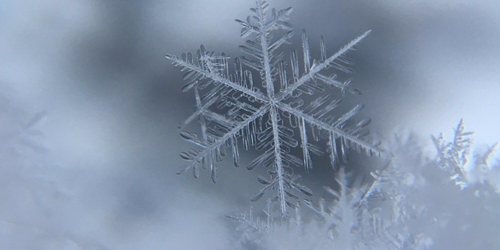

Saturn’s family just grew by 128. An international team using
the Canada–France–Hawaii Telescope confirmed these new satellites
on March 11 via the Minor Planet Center. Between 2019 and 2021,
astronomers repeatedly imaged Saturn’s environs, stacking exposures
to tease out faint, fast-moving points of light. Their first pass
netted 64 new moons, as detailed in a paper submitted to the
Planetary Science Journal. A
targeted three-month survey in 2023 uncovered 128 more.
Unlike Earth's Moon, which likely formed from a gigantic impact
with a planet-sized object billions of years ago, these newly
discovered moons around Saturn are more likely captured objects, than
moons that formed in-situ.
All are irregular moons—small (a
few kilometers across), on wide, inclined, often retrograde
orbits—suggesting they’re fragments of captured bodies shattered
by collisions. Moreover, the steep size distribution near 3–4 km,
and clustering around the Mundilfari subgroup of Saturn's moons,
points to a major collision within the last 100 million years.
Saturn now boasts 274 moons—more than Jupiter’s 95 and nearly
twice the total of all moons orbiting other planets in the Solar
System. While each new moon currently bears a provisional
alphanumeric code, they will eventually receive names drawn from
Norse, Gallic, or Inuit mythology.
These discoveries enrich our understanding of Saturn’s dynamic
system, where rings and moons interplay: shepherd moons sculpt ring
edges, gap-making satellites carve divisions, and ancient collisions
both formed and shredded satellites, feeding ring material.
With current telescope capabilities, the team believes Saturn’s
known moons are now largely cataloged. Yet as technology advances,
the line between moonlets and true moons may blur, hinting at even
more secrets circling the ringed giant.






